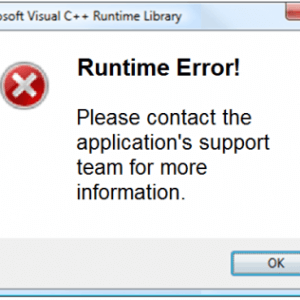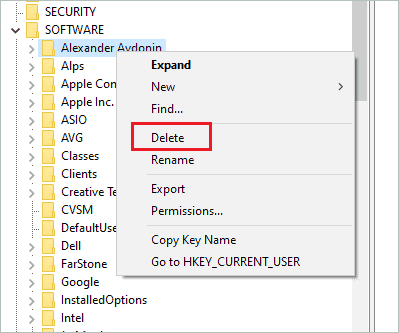
- #CLEAN REGISTRY WINDOWS 10 MANUALLY SERIAL NUMBER#
- #CLEAN REGISTRY WINDOWS 10 MANUALLY INSTALL#
- #CLEAN REGISTRY WINDOWS 10 MANUALLY MANUAL#
- #CLEAN REGISTRY WINDOWS 10 MANUALLY REGISTRATION#
Get-WindowsAutoPilotInfo -OutputFile AutoPilotHWID.csv Install-Script -Name Get-WindowsAutoPilotInfo Set-ExecutionPolicy -Scope Process -ExecutionPolicy RemoteSigned $env:Path += " C:\Program Files\WindowsPowerShell\Scripts" Use the following commands from an elevated Windows PowerShell prompt: New-Item -Type Directory -Path "C:\HWID"
#CLEAN REGISTRY WINDOWS 10 MANUALLY INSTALL#
To install the script directly and capture the hardware hash from the local computer:

Install the script directly from the PowerShell Gallery.Download the script file from the PowerShell Gallery and run it on each computer.To use this script, you can use either of the following methods:
#CLEAN REGISTRY WINDOWS 10 MANUALLY SERIAL NUMBER#
The serial number is useful for quickly seeing which device the hardware hash belongs to. You can use a PowerShell script ( Get-WindowsAutoPilotInfo.ps1) to get a device's hardware hash and serial number. The hardware hash for an existing device is available through Windows Management Instrumentation (WMI), as long as that device is running a supported version of Windows. You can extract the hash information from Configuration Manager into a CSV file. For more information, see Gather information from Configuration Manager for Windows Autopilot. Microsoft Endpoint Configuration Manager automatically collects the hardware hashes for existing Windows devices. To ensure that OOBE has not been restarted too many times, you can change this value to 1. HKCU\SOFTWARE\Microsoft\Windows\CurrentVersion\UserOOBE The following value key tracks the count of OOBE retries: The normal OOBE process displays each of these on a separate page. You can identify this scenario if OOBE displays multiple configuration options on the same page, including language, region, and keyboard layout. If OOBE is restarted too many times, it can enter a recovery mode and fail to run the Autopilot configuration. In previous versions, the only way to clear the stored profile is to reinstall the operating system, reimage the device, or run sysprep /generalize /oobe.Īfter Intune reports the profile as ready to go, you can connect the device to the internet. In Windows 10 version 1809, you can clear the cached profile by restarting the Windows Out of Box Experience (OOBE). Those steps include collecting the hardware hash, uploading the CSV file into Microsoft Store for Business (MSfB) or Intune, assigning the profile, and confirming the profile assignment.Ĭonnecting the device to the internet before this process is complete will cause the device to download a blank profile and store it until you explicitly remove it. In Windows 10 version 1809 and earlier, it's important to capture the hardware hash and create an Autopilot device profile before you connect a device to the internet.

#CLEAN REGISTRY WINDOWS 10 MANUALLY REGISTRATION#
#CLEAN REGISTRY WINDOWS 10 MANUALLY MANUAL#
This article provides step-by-step guidance for manual registration. Other methods (PKID, tuple) are available through OEMs or CSP partners. So, this process is primarily for testing and evaluation scenarios.ĭevice owners can only register their devices with a hardware hash. Capturing the hardware hash for manual registration requires booting the device into Windows. You can perform Windows Autopilot device registration within your organization by manually collecting the hardware identity of devices (hardware hashes) and uploading this information in a comma-separated-values (CSV) file.


 0 kommentar(er)
0 kommentar(er)
